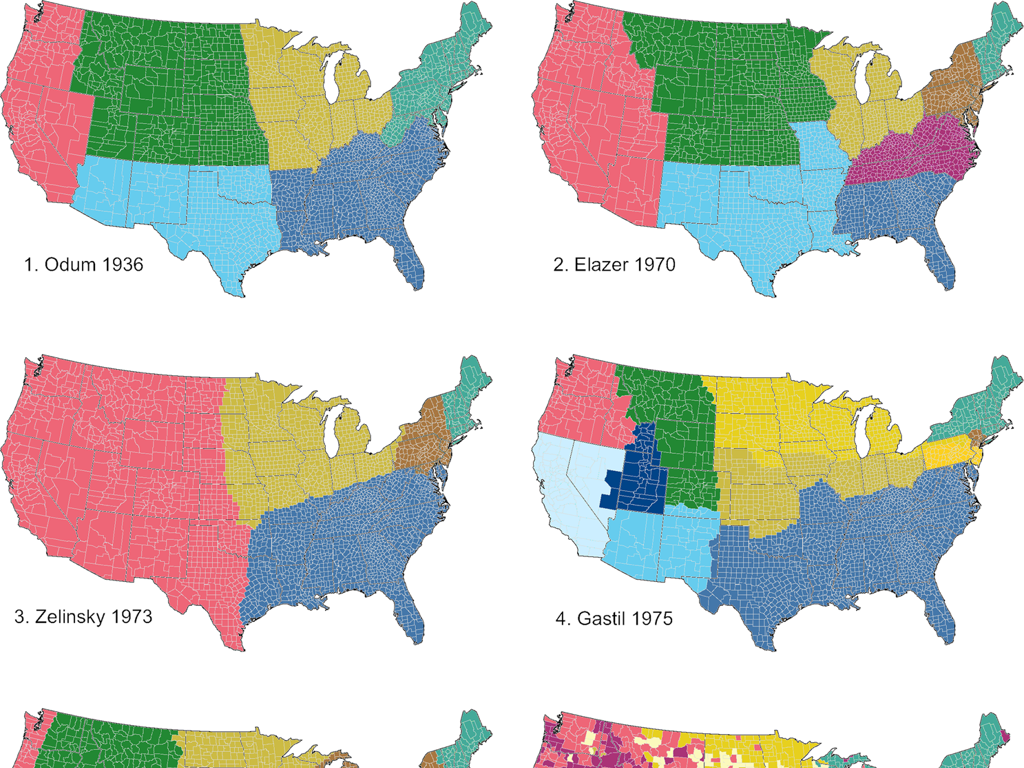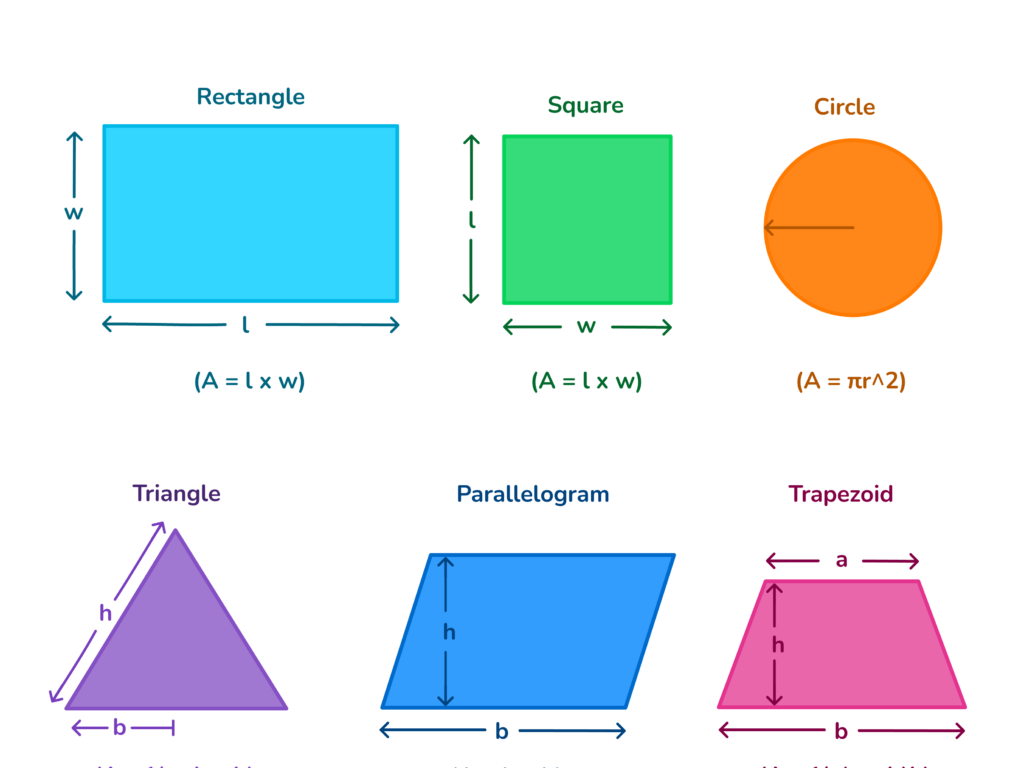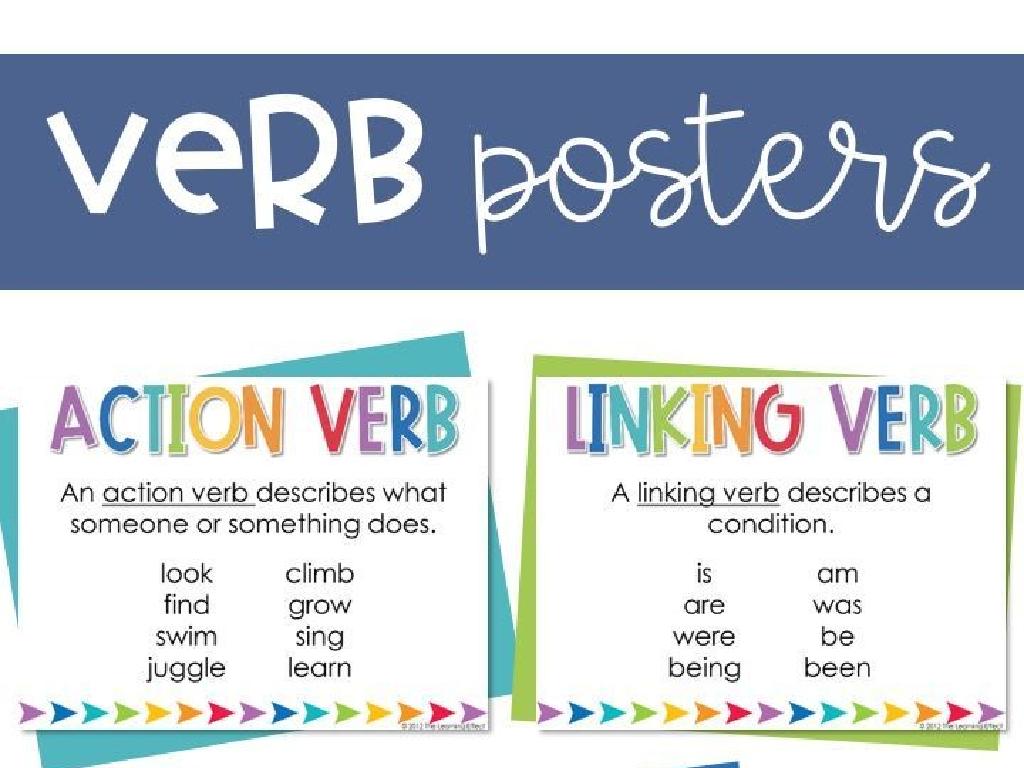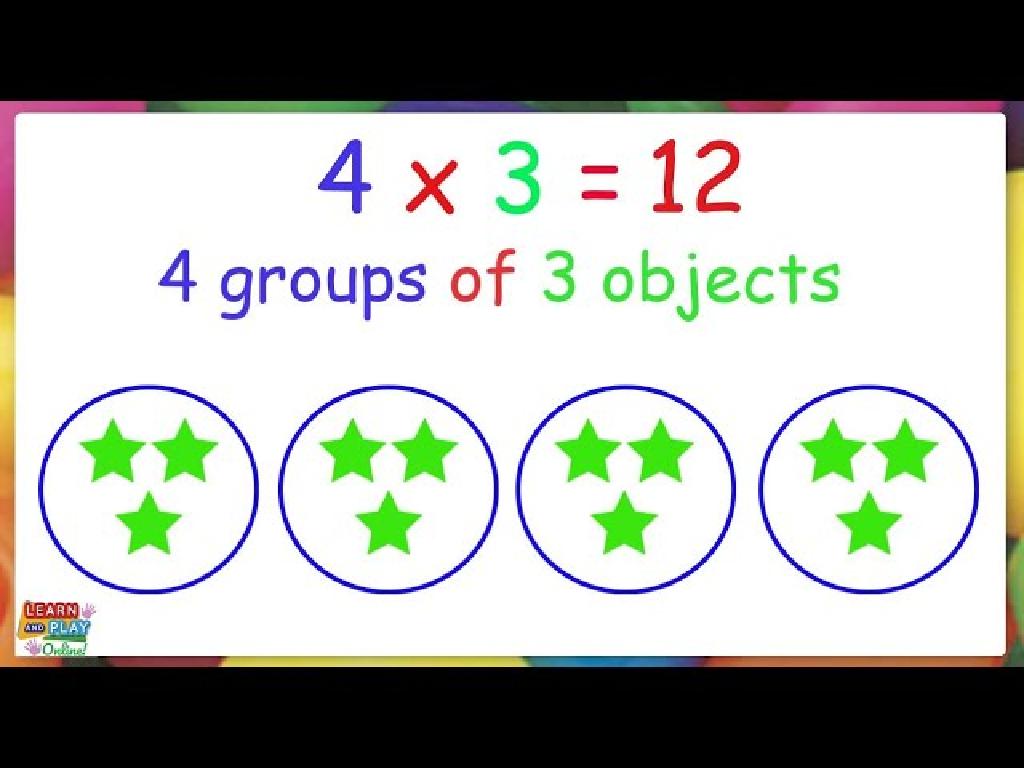Use Tables And Graphs To Identify Patterns About Kinetic Energy
Subject: Science
Grade: Sixth grade
Topic: Kinetic And Potential Energy
Please LOG IN to download the presentation. Access is available to registered users only.
View More Content
Exploring Kinetic Energy
– Energy defined: capacity to work
– Kinetic vs. Potential Energy
– Kinetic energy: energy in motion, Potential energy: stored energy
– Today’s focus: Kinetic Energy
– Learn how kinetic energy changes with speed and mass
– Observing patterns in kinetic energy
– Use graphs/tables to see how objects’ speed & mass affect kinetic energy
|
Begin the lesson by defining energy as the ability to do work, which is a fundamental concept in physics. Differentiate between kinetic energy (energy of motion) and potential energy (stored energy due to position). Focus the discussion on kinetic energy, explaining that it is influenced by an object’s mass and velocity. Introduce tables and graphs as tools to identify patterns in kinetic energy, such as how it increases with greater speed or mass. Provide examples and plan activities where students can plot kinetic energy values on a graph to visualize these relationships. This will help them understand the concept of kinetic energy more concretely.
Exploring Kinetic Energy
– Kinetic Energy defined
– Energy of motion possessed by an object
– Everyday examples of Kinetic Energy
– A rolling ball, flowing river, or a running person
– Kinetic Energy formula
– KE = 1/2 mv^2, where m is mass in kg, v is velocity in m/s
– Understanding mass and velocity
– Mass is how much matter is in an object, velocity is speed with direction
|
Begin with a simple definition of kinetic energy, emphasizing that it’s the energy an object has because of its motion. Provide relatable examples to help students connect the concept to the world around them, such as moving vehicles or playing sports. Introduce the formula for kinetic energy and explain the significance of each variable. Ensure students understand that mass refers to the amount of matter in an object, while velocity is not just speed but also includes the direction of the object’s movement. Use tables and graphs to show how changes in mass and velocity affect kinetic energy, reinforcing the concept with visual aids.
Potential Energy and Its Transformation
– Define Potential Energy
– Stored energy due to position
– Compare with Kinetic Energy
– Potential energy is static, kinetic energy is motion
– Transformation to Kinetic Energy
– When a ball drops, potential energy converts to kinetic
– Real-world examples
|
Begin with a definition of potential energy, emphasizing that it is energy stored in an object due to its position or state. Contrast this with kinetic energy, which is energy of motion, to help students understand the difference. Discuss how potential energy can transform into kinetic energy with examples like a ball at the top of a hill that begins to roll down, converting its stored energy into motion. Use real-world examples such as roller coasters, where the cars at the highest point have maximum potential energy which turns into kinetic energy as they descend. Encourage students to think of other examples where they observe potential energy converting to kinetic energy in their daily lives.
Observing Kinetic Energy in Motion
– Understanding kinetic energy
– Kinetic energy is the energy of motion
– Experiment: Rolling various mass balls
– Roll balls of different weights down a slope
– Measuring ball speeds
– Use a stopwatch to measure how fast each ball rolls
– Recording & analyzing results
– Use a table to note down speeds and compare
|
This slide introduces the concept of kinetic energy through a hands-on experiment suitable for sixth graders. Begin by explaining that kinetic energy is the energy an object possesses due to its motion. Set up an experiment where students roll balls of different masses down a ramp and measure the time it takes for each ball to reach the bottom. Students should use a stopwatch for timing and record these times. They will then calculate the speed of each ball and use this data to identify patterns in kinetic energy, such as how mass affects the speed. Encourage students to present their findings using tables and graphs, fostering their analytical skills in observing and interpreting data.
Using Tables to Identify Kinetic Energy Patterns
– Organizing data in tables
– Tables help us sort and compare information easily.
– Patterns with mass and velocity
– Kinetic energy increases with mass and velocity. See the pattern?
– Class Activity: Rolling Ball Data Table
– Record results of rolling balls of different sizes and speeds.
|
This slide introduces the concept of using tables to organize data and identify patterns in kinetic energy. Start by explaining how tables are used to sort and compare different sets of data. Then, discuss how kinetic energy can change with different masses and velocities, and how this can be observed in a table format. For the class activity, guide students to conduct an experiment by rolling balls of different sizes and speeds, and then recording the results in a data table. This hands-on activity will help them understand the relationship between mass, velocity, and kinetic energy. Provide detailed guidelines for the teacher on how to conduct the experiment, ensuring safety and accurate data recording. Offer suggestions for different variables to test, such as using balls of different materials or on different surfaces, to observe how these factors affect the kinetic energy.
Graphing Kinetic Energy
– Learn to graph data
– Plotting Kinetic Energy
– Use a graph to show Kinetic Energy (KE) at different velocities
– Mass vs. Velocity impact
– KE increases with mass and velocity. Show this relationship on a graph
– Analyzing graphs for patterns
|
This slide introduces students to the concept of graphing kinetic energy. Start by explaining the basics of graphing and how it can be used to visualize data. Demonstrate how to plot kinetic energy values on a graph, with velocity on the x-axis and kinetic energy on the y-axis. Discuss how both mass and velocity affect kinetic energy, and how this relationship can be observed through the slope of the graph. Encourage students to look for patterns such as how the kinetic energy increases as the velocity increases, and how a larger mass at the same velocity will result in greater kinetic energy. Use examples like a rolling ball or a car increasing speed to make the concept relatable. The activity for the students could involve plotting given data points of mass and velocity to observe the kinetic energy changes, fostering a deeper understanding of the relationship between these variables.
Analyzing Graphs of Kinetic Energy
– How to read energy graphs
– Look at the axes to understand what the graph represents
– Finding patterns in kinetic data
– Notice how the line or bars change to find trends
– Discussing kinetic energy insights
– What can we infer about objects’ movement and speed?
– Understanding energy through graphs
|
This slide aims to teach students how to read and interpret graphs related to kinetic energy, and to identify patterns within these graphs. Start by explaining the components of a graph, such as the x-axis (usually representing time) and y-axis (representing the amount of kinetic energy). Show students how to spot trends, like increasing or decreasing energy levels. Discuss what these patterns indicate about an object’s motion, such as how faster speeds correlate with higher kinetic energy. Use examples like a rolling ball or a car accelerating to make the concept relatable. Encourage students to think critically about how the graphical data provides insights into the principles of kinetic energy.
Real-World Applications of Kinetic Energy
– Kinetic energy in sports
– How a soccer ball moves and stops
– Transportation and kinetic energy
– Cars and planes use kinetic energy to move
– Kinetic energy’s role in engineering
– Engineers use kinetic energy principles to build safe structures
– Why understanding kinetic energy matters
|
This slide aims to illustrate the practical applications of kinetic energy in everyday life. Kinetic energy is the energy of motion, observable in sports when a ball is kicked or thrown. In transportation, it’s the driving force behind the movement of vehicles like cars and airplanes. Understanding kinetic energy is crucial for engineers who design everything from bridges to roller coasters, ensuring they can withstand the forces in motion. Encourage students to think about how kinetic energy is at play in various aspects of their daily lives and the importance of this concept in technology and innovation. This understanding lays the groundwork for future studies in physics and engineering.
Class Activity: Graphing Kinetic Energy
– Review rolling ball experiment data
– Plot data individually on graphs
– Analyze graphs for kinetic energy patterns
– Look for trends in energy as the ball moves
– Discuss findings as a class
|
In this activity, students will apply their understanding of kinetic energy by analyzing real data from a previous experiment involving a rolling ball. Each student will take the data collected and plot it on a graph to visualize how the kinetic energy changes over time or distance. As a class, we will then look at these graphs to identify common patterns, such as how the kinetic energy increases as the ball rolls downhill or decreases when going uphill. This exercise will help students grasp the concept of kinetic energy in a tangible way and see the direct relationship between the motion of an object and its energy. Possible activities include varying the mass of the ball, the slope of the ramp, or the surface texture to introduce different variables affecting kinetic energy.
Kinetic Energy: Patterns & Graphs Review
– Recap: What is Kinetic Energy?
– Kinetic energy is the energy of motion, dependent on mass and velocity.
– Reviewing patterns using tables
– Tables show how kinetic energy changes with different variables.
– Graphs: Visualizing energy changes
– Graphs help us see trends, like how speed affects kinetic energy.
– Q&A session for doubts
|
This slide aims to consolidate the students’ understanding of kinetic energy and its relationship with mass and velocity. Begin by recapping the definition of kinetic energy and discussing the factors that affect it. Then, review how to use tables to organize data on kinetic energy, highlighting the patterns that emerge when variables change. Move on to explain how graphs can visually represent these patterns, making it easier to understand and predict changes in kinetic energy. Finally, open the floor for a Q&A session, encouraging students to ask questions to clear up any confusion. This will help ensure they have a solid grasp of the concepts before moving on.





